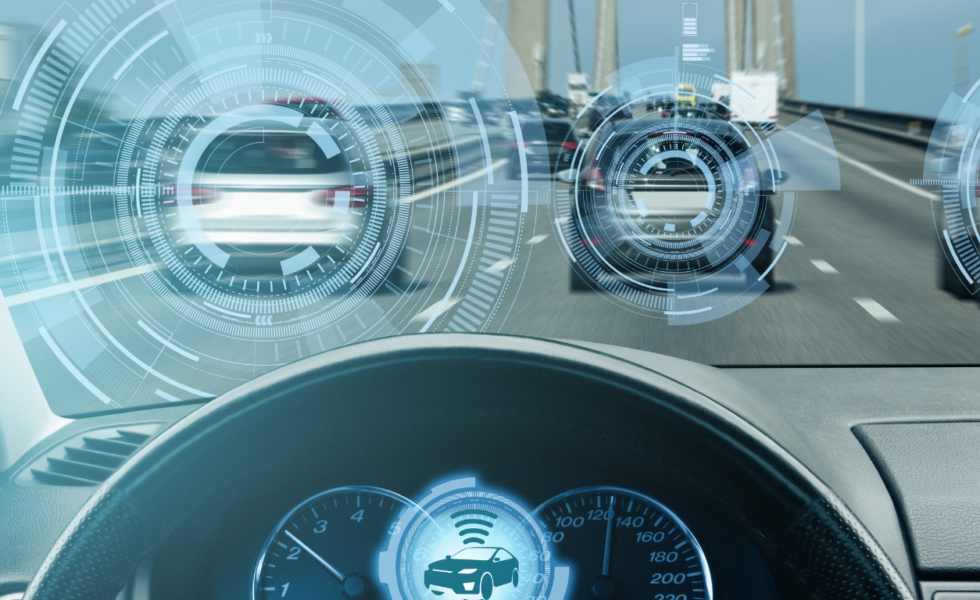Exploring Cost-effective Computer Vision Solutions for Smart Transportation Systems
This project is focused on developing a deep learning based data acquisition and analytics tool using vision-based sensors (i.e., cameras) to understand cities with machine eyes.









